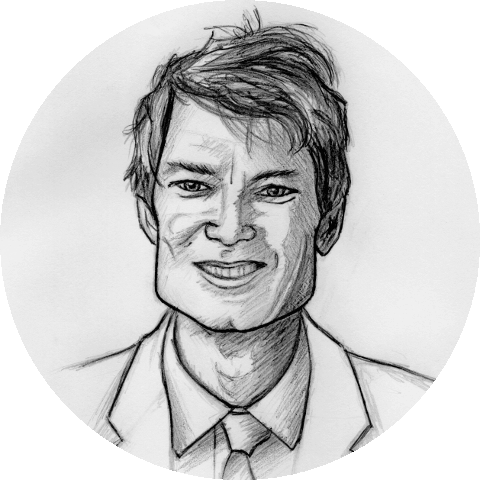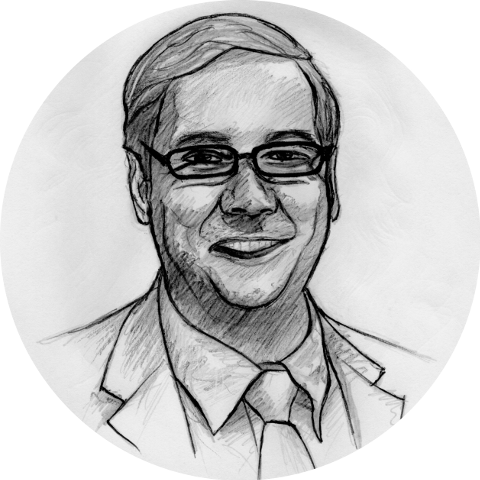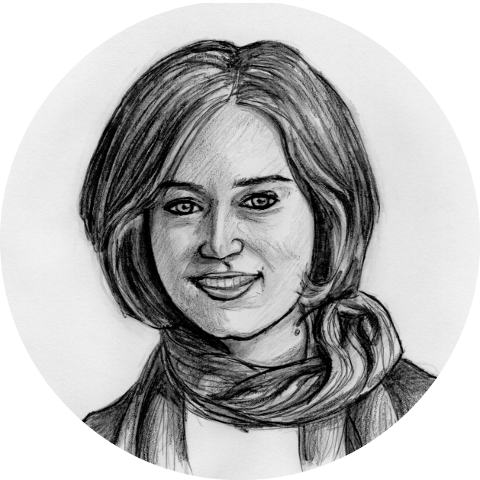
Steven Cowley
Plasma Physicist
Steven Cowley took on the role of Director of the Culham Centre for Fusion Energy and Chief Executive Officer of the United Kingdom Atomic Energy Authority between 2008 and 2016. He received his BA from Oxford University and his PhD from Princeton University. Professor Cowley's post-doctoral work was at Culham and he returned to Princeton in 1987. He joined the faculty at the University of California at Los Angeles in 1993, rising to the rank of Full Professor in 2000. From 2001 to 2003 he led the plasma physics group at Imperial College, London, where he remained as a part-time professor until accepting the position of President of Corpus Christi College, Oxford, in October 2016. He became a member of the UK Prime Minister’s Council of Science and Technology in 2011 and in 2012 he was awarded the Glazebrook Medal of the Institute of Physics.





